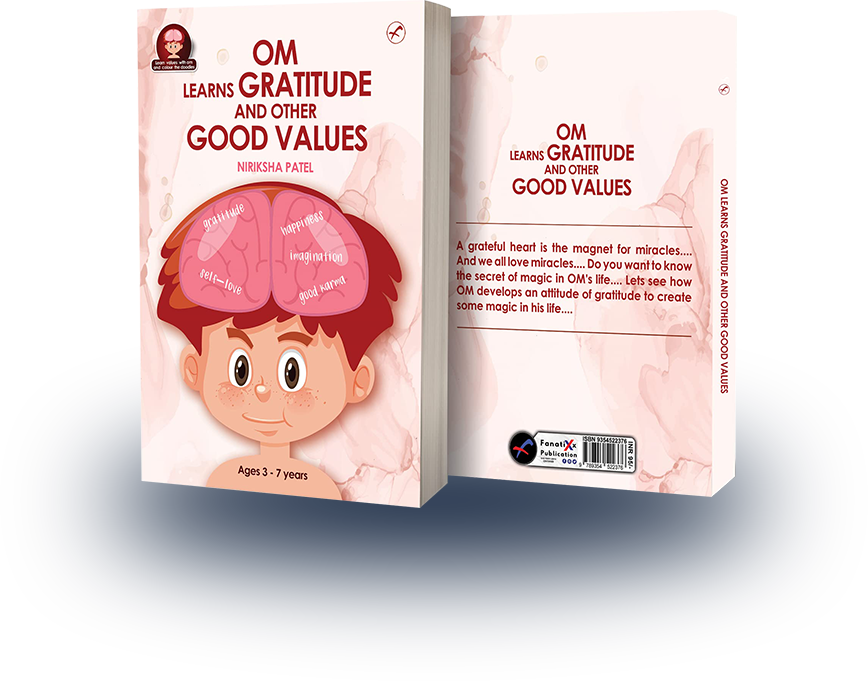Table of Contents[Hide][Show]
Understanding Validation
Imagine someone tells you about a rough day they’re having. Validation is essentially when you respond in a way that makes them feel heard, understood, and supported.
It’s not about agreeing with them all the time or solving their problems on the spot. Instead, it’s about acknowledging their feelings as real and legitimate.
When someone shares something personal, they’re not always looking for advice or solutions.
Sometimes, they just want to feel like someone gets what they’re going through, that their emotions aren’t weird or wrong.
That’s where validation comes in. It’s like saying, “I see you, I hear you, and it’s totally okay to feel the way you do.”
It’s important because it helps people feel supported and less alone with their feelings. It can strengthen relationships too, making them feel safer and more trusting. But, and here’s where it gets a bit tricky, validating isn’t the same as agreeing.
These examples of validating feelings will help you understand and acknowledge someone’s feelings without necessarily agreeing with their point of view. It’s more about the emotion they’re experiencing than the situation itself.
Also read: The Healing Power of a Love Letter To Yourself Template
Examples Of Validating Feelings Of Others
Sure, let’s bring these scenarios to life, viewing them through the lens of personal experience. Each example will demonstrate how validating feelings can positively impact relationships and emotional well-being.
1. Listening Actively
Scenario: A close friend is sharing their anxiety about job security due to company layoffs. As they speak, your mind races with advice or similar stories, but you choose to focus solely on what they’re saying.
Validation: You nod, maintain eye contact, and occasionally interject with, “That sounds incredibly stressful,” or “I can see why you’d feel that way.” These verbal cues, combined with your attentive body language, let them know you’re fully present, validating their concerns without overshadowing them with your own experiences or advice.
2. Acknowledging Emotions
Scenario: Your child comes home disheartened, having been left out of a school game. Their shoulders are slumped, and their voice is tinged with sadness as they recount the day.
Validation: Kneeling to their level, you say, “It sounds like you’re feeling really left out and sad about not being picked for the game.” By naming their emotions and reflecting their feelings back to them, you validate their experience, showing them it’s okay to feel this way.
3. Offering Support Without Solving
Scenario: A colleague vents over coffee about an overwhelming project. They’re not looking for solutions, just a space to air their frustrations.
Validation: Instead of jumping in with potential solutions or comparing it to your workload, you respond with, “That sounds like a lot to handle. I’m here if you need to talk or take a break.” This approach validates their feelings of stress without minimizing their experience or rushing to fix the issue.
4. Validating Through Empathy
Scenario: Your partner expresses feeling neglected lately, feeling like you’re always busy or distracted.
Validation: Rather than getting defensive, you pause and say, “I hear you saying you’re feeling neglected, and that makes me really sad. I can understand why you’d feel that way, given my recent schedule. Let’s figure out how we can spend more quality time together.” This empathetic response validates their feelings and opens the door for improving the situation together.
5. Avoiding Judgment and Criticism
Scenario: A friend admits to making a spontaneous, perhaps ill-advised, purchase that’s put them in a tough financial spot.
Validation: Instead of chastising them for poor decision-making, you opt for a supportive tone, “It sounds like you’re really stressed about this. We all make choices we wish we could rethink. How can I support you through this?” This response validates their feelings of regret and stress without adding to their burden with judgment or criticism.
Check out: Self Healing Power- Heal Your Body, Emotions & Toxic Relationship
Examples Of Validating Feelings Of Yourself
Validating your own feelings is an essential part of self-care and emotional resilience. It involves recognizing and accepting your emotions as valid and understandable, regardless of the situation. Here are five examples to illustrate self-validation:
1. Feeling Overwhelmed by a Busy Schedule
Self-Validation: You recognize the tightness in your chest and the racing thoughts. Instead of brushing them off, you tell yourself, “It’s okay to feel overwhelmed with so much on my plate. Anyone would feel this way juggling so many tasks.” This acknowledgment is the first step in managing your stress and considering ways to lighten your load.
2. Experiencing Joy in Small Achievements
Self-Validation: After completing a small project or reaching a minor goal, you feel a burst of pride. You validate this feeling by thinking, “I’m proud of what I’ve accomplished, no matter how small it seems. It’s a step forward and a reason to celebrate.” This encourages a positive self-view and motivates you to pursue further achievements.
3. Feeling Sadness from a Loss or Disappointment
Self-Validation: When you feel sadness washing over you due to a personal loss or disappointment, you gently remind yourself, “It’s natural to feel sad when something I care about isn’t going my way. I need to give myself time to grieve and heal.” This compassionate self-talk is crucial for emotional healing.
4. Navigating Anxiety About Future Uncertainties
Self-Validation: As anxiety about the future creeps in, with its ‘what ifs’ and worst-case scenarios, you ground yourself by thinking, “It’s normal to feel anxious about the unknown. My feelings are a sign that I care deeply about my path. Let’s focus on what I can control right now.” This helps shift your focus to present actions over future uncertainties.
5. Experiencing Frustration in Learning Something New
Self-Validation: When learning a new skill or language proves more challenging than expected, and frustration sets in, you remind yourself, “Feeling frustrated is part of the learning process. It means I’m pushing my boundaries and growing. I’ll be patient with myself and keep trying.” Recognizing this can transform frustration into a motivating force.
Check out: How Can I Forgive Myself For Past Mistakes? (Out Of The Box Ideas)
Tips for Practicing Validation
- Make eye contact and nod to show engagement during conversations.
- Use phrases like “It sounds like you’re feeling…” to acknowledge emotions.
- Offer support by saying “I’m here for you,” rather than immediately solving problems.
- Utilize body language, such as gentle expressions and open posture, to convey empathy.
- Avoid minimizing feelings with phrases like “It could be worse.”
- Invite further sharing by asking about their feelings and showing interest.
- Practice acknowledging your own emotions as valid and treat yourself kindly.
- Be patient with the emotional processing of others and yourself.
- Educate yourself on emotional intelligence through reading and research.
Also read: Awaken Your Abundance Mindset In 10 Easy Ways
The Challenges of Validation
- Recognizing Subtle Emotional Cues: Not everyone expresses their feelings openly or clearly, making it hard to recognize and validate their emotions.
- Deeply empathizing with others can sometimes lead to taking on their emotional burdens, leading to personal emotional overload.
- The impulse to offer solutions rather than simply validating feelings can diminish the effectiveness of validation.
- Sometimes, attempts to validate can be met with defensiveness, especially if the individual is not used to their feelings being validated.
- Personal biases and judgments can cloud our ability to validate others’ feelings impartially.
- It’s important to validate others without compromising one’s own emotional boundaries and well-being.
- Practicing self-validation can be particularly challenging in the face of ingrained self-criticism or low self-esteem.
- Cultural norms around emotional expression can make validation challenging, as what needs validation in one culture may not in another.
- Limited emotional vocabulary can make it difficult to accurately identify and validate feelings, both in oneself and others.
Check out: How To Switch From Emotional Dependence To Emotional Independence
Before Signing Off
So, we’ve wandered through the examples of validating feelings and peeking into scenarios that show just how meaningful a little understanding and acknowledgement can be.
Whether it’s actively listening to a friend, recognizing the bravery in a child’s small steps, or simply being there for someone without rushing to fix things, it all boils down to showing we get it—whatever “it” might be for them.
And let’s not forget about giving ourselves that same kindness. Validating our own feelings is like giving ourselves a warm, understanding hug, acknowledging that it’s perfectly okay to feel how we do, even on the days when our emotions seem all over the place.


 The Healing Power of a Love Letter To Yourself Template
The Healing Power of a Love Letter To Yourself Template